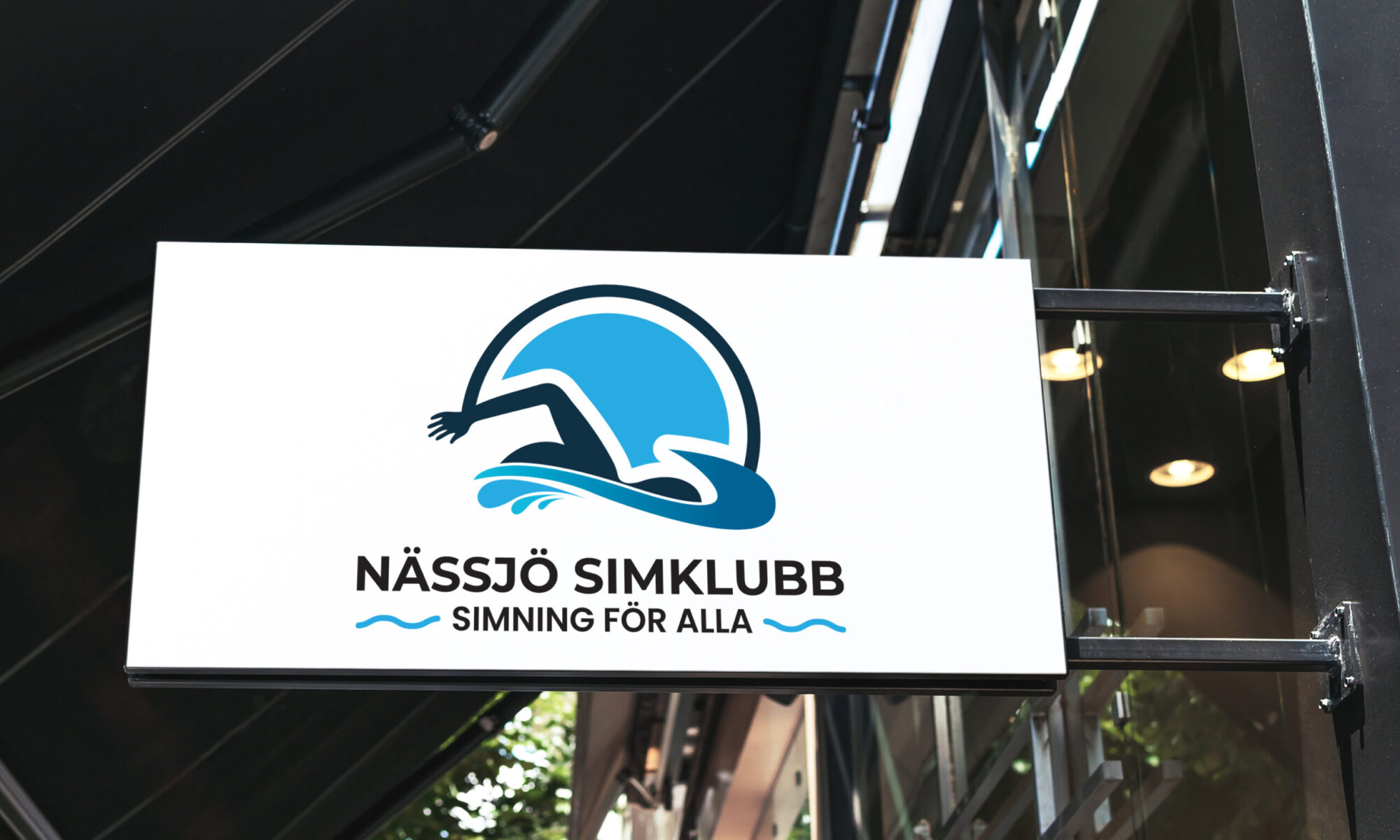Babies Can Swim! All of the Benefits That May Surprise You!
By Lana Whitehead
Swimming is such fun and it is a wonderful way to stay healthy for life! Did you know that babies can develop a passion for swimming? They are born with a love for the water so parents can go together on an exciting adventure as their child learns about water and eventually learns to swim!
Before the age of three or four months, the bathtub is a perfect place for the little one to begin to developing a healthy relationship with this liquid medium. In his early training, the infant will experience a great deal of tactile stimulation from water resistance over his entire body. The water has over 600 times the resistance of air which is great for the muscles and it encourages neurological development too. The more tactile stimulation of the nerves the child experiences, the more that interconnections and neural pathways can develop in the brain cells. This touch and connection with the water between a parent and child can also establish a deeper emotional bond between the parent and child because they’re face to face, skin to skin, touching in the water.
Early introduction to aquatics is best, because a child under age one is less influenced by negative attitudes about the water. If parents start their child in lessons later, it can be harder to get the child comfortable on his back in the water. It often takes longer for the child to get used to the teacher, the water, the distractions at the pool and submersion. An older toddler may have reached a “clingy” stage and is resistant to leaving the comfort of mom’s or dad’s shoulder. However, it is better to start swim lessons when a child is older than not at all because of the importance of teaching water safety to all children.
Sadly, drowning is fatal and final. Drowning is the 4th most common cause of death by unintentional injury in Canada, after highway deaths, falls and poisoning. The latest data provided by Canadian Red Cross and Statistics Canada show drowning as the leading cause of death for recreational and sporting activities and it is children ages 1-4 year who drown most often. The highest rates of hospitalization for near drownings were also seen in toddlers and infants. Many children are left with permanent brain damage due to drowning accidents.
Research has shown that swim lessons can make a child safer around water. A study conducted by Ruth Brenner and her colleagues in 2009 at the National Institute of Health, discovered that participation in formal swimming lessons can reduce the risk of drowning by 88% among children aged 1-4 years. The researchers concluded that swimming lessons had a “preventative effect” and “should be considered for inclusion as part of a complete preventive program.”
The goal for the combination of swim and water safety lessons for the 1-4 year old is for them to learn a swim-float-swim technique used worldwide to prepare the child for an emergency situation. When the child falls in the water, he is trained to hold his breath, kick to the surface and then roll over onto his back where he can rest, breathe and scream for help. Then he rolls in a horizontal position back onto his stomach and continues a swim-float-swim sequence until he reaches the safety of the wall or steps. There are inspiring true stories of children saving themselves in a near-drowning because they learned this technique or have been taught to grab for the wall or kick to the steps for safety.
And, there’s a big bonus for a child who learns to swim! It helps them get ready for learning and school. Scientific studies of young swimmers at the German Sports College have shown that early water stimulation helps the child develop: physically, mentally and emotionally. Compared with a control group that did not take year-round lessons, the children who swam consistently from infancy (three months) were significantly stronger and more coordinated when tested at 2, 3 and 4 years. The children also scored higher for intelligence and problem-solving, which carried over into excellence in academic achievement. Emotionally, they were found to be more self-disciplined with greater self-control and an increased desire to succeed. The consistent goal setting and skill achievement in swimming can help them feel great about themselves as they have fun splashing around.
Lana Whitehead started teaching babies how to swim back in 1971 and developed successful baby water safety techniques that are widely used today. She is the founder and owner of SWIMkids USA in Mesa, Arizona.Mrs. Whitehead has a Bachelor of Arts in Exercise Physiology and a Masters in Special Education, specializing in Sensory Integration, training children with disabilities, including signing to the deaf. www.swimkidsusa.us

